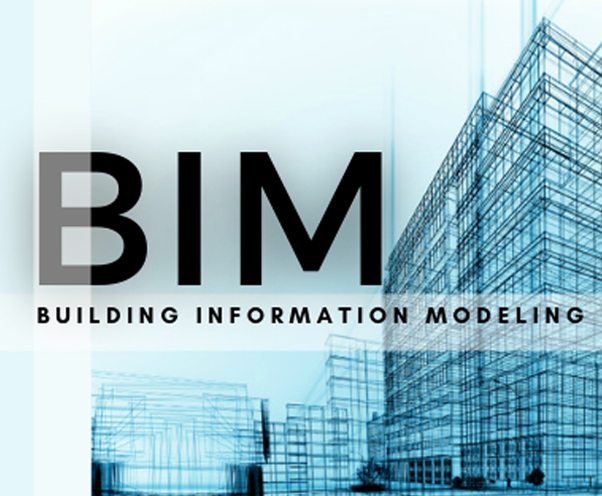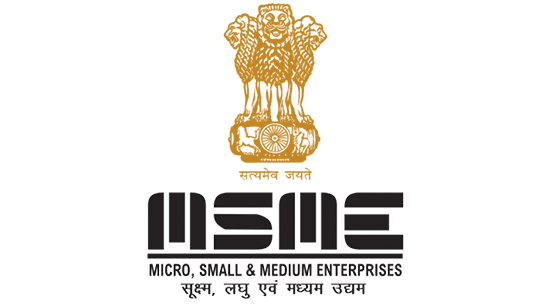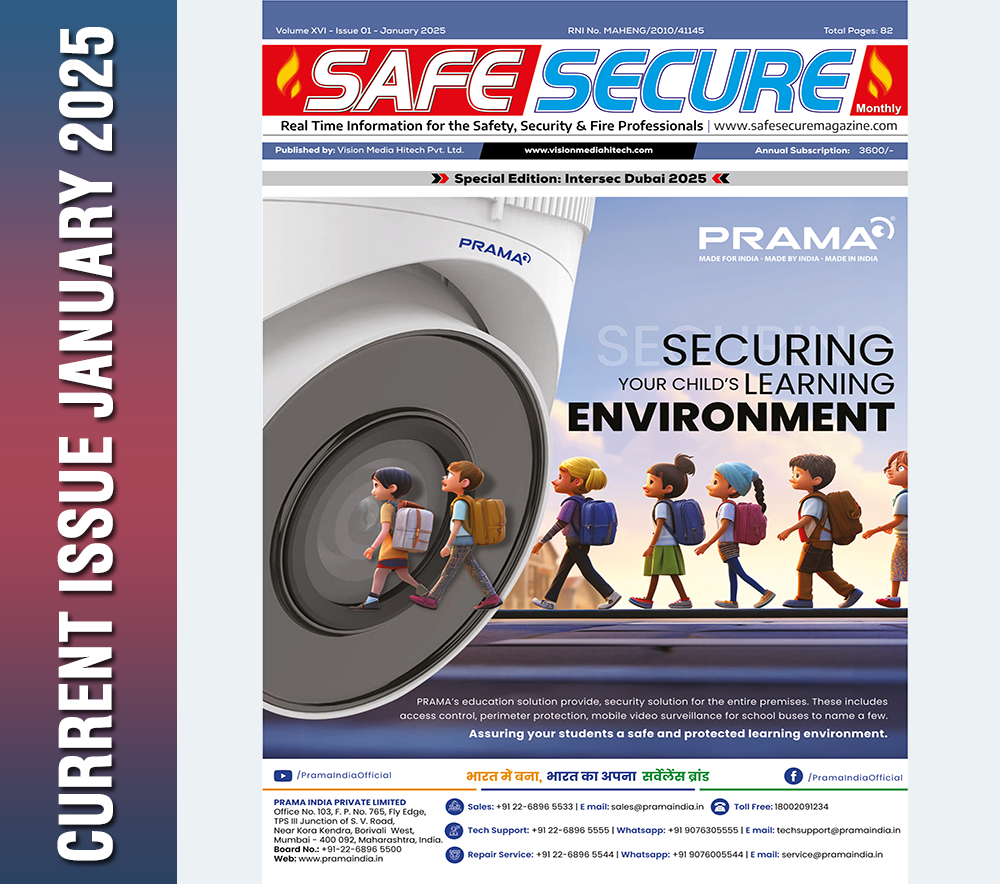Integrating BIM Technology (Building Information Modelling) for Enhanced HSE Management in Construction Projects

It’s no secret that construction work is one of the most dangerous fields in modern history. The Nature of the work exposes workers to risks like heights, heavy machinery, sharp tools, and high levels of electricity. Unfortunately, even the most cautious construction crews are not immune to accidents, which often have fatal consequences.
Statistics like these represent a need for improvement regarding site safety. Although massive strides have been made in recent years in improving the safety of physical construction equipment, there is still much room for improvement in project planning and management. Fortunately, BIM technology is spearheading that work.
What is HSE management, and Why is it important?
HSE (health, safety, and environment) management is a system of strategies and tools that a company utilizes to assess and mitigate risks pertaining to the health and safety of workers as well as company property and job site environment. HSE management systems vary from organization to organization. However, they generally incorporate policies, procedures, guidelines, and practices that facilitate informed decision-making regarding health safety and the environment. Critical elements of effective HSE management include:
• Clear objectives – A company’s health and safety goals should be made clear and available to all team members, ensuring that everyone is on the same page regarding company policies.
• Legal compliance – Failure to comply with local safety codes, like those set forth by OSHA, is a one-way ticket to a lawsuit should a workplace incident occur. Strong HSE management implements measures to meet all legal safety requirements.
• Incident reporting procedures – Learning from mistakes is crucial to developing a safer working environment. When an organization has clear procedures in place to analyze an incident and the factors that led up to it, those involved in safety management can work out effective strategies to prevent it from happening again in the future.
• Periodic HSE evaluation – Regular analysis of current HSE policies is key to their success and improvement in the future. This type of evaluation is most effective when HSE managers include all team members, especially those working in high-risk environments.
• A culture of improvement – Many organizations have an “if you see something, say something” policy. The workplace will naturally become safer when everyone on a construction crew feels comfortable expressing their safety observations, concerns, and suggestions.
The Benefits of Integrating BIM for HSE Management
Integrating BIM (Building Information Modelling) technology into an HSE management plan offers a multitude of benefits that improve the overall safety of construction sites and contribute to a more efficient working environment. Since BIM is utilized in the planning, constructing, and managing of a facility, it can identify and help mitigate as many risks as possible, regardless of the project’s phase. Some of the practical benefits that come with the implementation of BIM into an HSE management system include:
Improved Visual Understanding
As its name implies, BIM’s primary function is to turn project data into a visual representation that aids in constructing and managing a structure. From a safety standpoint, BIM is an invaluable tool, as it removes much of the guesswork from the HSE process. Instead of analyzing individual processes and predicting where hazards might present, BIM can automatically make those predictions and reflect the outcome visually.
For example, when designing a large-scale construction site, an engineer needs to determine the optimal location for tower cranes. BIM can have replicated the swing paths of such cranes, showing any potential clashes with surrounding buildings or public spaces.
Better Compliance
Adhering to health and safety standards is a fundamental part of a successful construction project. Regardless of whether a standard is imposed internally by a construction firm or externally by an organization like OSHA, BIM engineers can input standards into their system workflow and will be notified automatically when these standards are not met.
Enhanced Safety Collaboration
Throughout the course of a construction project, BIM essentially compiles data and centralizes it into a single model that acts as a hub for all involved stakeholders. Architects, engineers, HSE managers, and site workers can all access the same information, ensuring that important health and safety standards are clear and understood. Since BIM can also update a model in real-time, if any questions arise as the project progresses, team members can reference the current conditions of a project without having to wait for updates from a supervisor.
BIM Tools for Hazard Identification and Risk Assessment
As BIM evolves, developers constantly add new features and tools to streamline workflow for engineers and construction workers. Two of these novel features include construction site simulation and Risk analysis.
Construction Simulation Tools
Due to the practicality and seemingly endless benefits of BIM, engineers have begun creating 3D models, not only of buildings themselves but also for entire construction sites. These site models provide a dynamic view of a project timeline, helping to predict any potential safety hazards far before they occur.
For instance, when creating BIM construction models using software like McNeel Rhinoceros, engineers can incorporate drive routes of heavy machinery like bulldozers and excavators, swing paths of cranes, and even daily movements of construction workers to identify potential congestion and establish safety perimeters.
Risk Analysis Features
Most modern BIM Programs have advanced clash detection features integrated into their user interface. These features allow HSE managers to find the safest solutions to potentially catastrophic issues.
A Massive Step Forward Towards Safer Construction
BIM’s integration into HSE management is a huge step forward towards a safer construction environment. The ability to identify, predict, and resolve jobsite hazards has already saved lives and thousands of dollars’ worth of potential damages. It’s exciting to think that if building information modelling technology stays on its current growth trajectory, the potential for a virtually deathless construction industry may be only a few years away.





.png)







